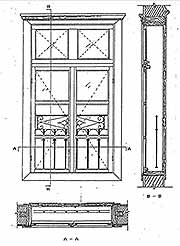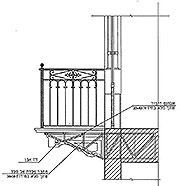The building standards that have been advanced by the Ministry of the Interior, which is responsible for planning and building in the country, are part of a knowledge base about conventional (modern) construction based on the use of concrete. These standards do not apply to historic buildings that were erected using traditional construction technology. The rehabilitation of ancient and historic buildings and their preservation have thus created a need for specifications that will serve as guidelines for the treatment of structures built in stone.
Because it is understood that modern building standards are not suitable for traditional stone construction – what’s more they are likely to cause damage to the historic buildings – the Conservation Department of the Israel Antiquities Authority, headed by architect Giora Solar and engineer Jacob Sheffer, promoted engineering-physical surveys and documentation of building elements of the structures in Old ‘Akko, with the assistance of funding allocated by Amidar Corporation. These surveys and documentation made it possible to establish a system of specifications for the traditional construction in ‘Akko. Performing the surveys in Old ‘Akko required cooperation between the various stakeholders, among them the Israel Antiquities Authority, the city’s residents, Amidar Corporation, the Old ‘Akko Development Company, the Israel Lands Administration and the city of ‘Akko.













